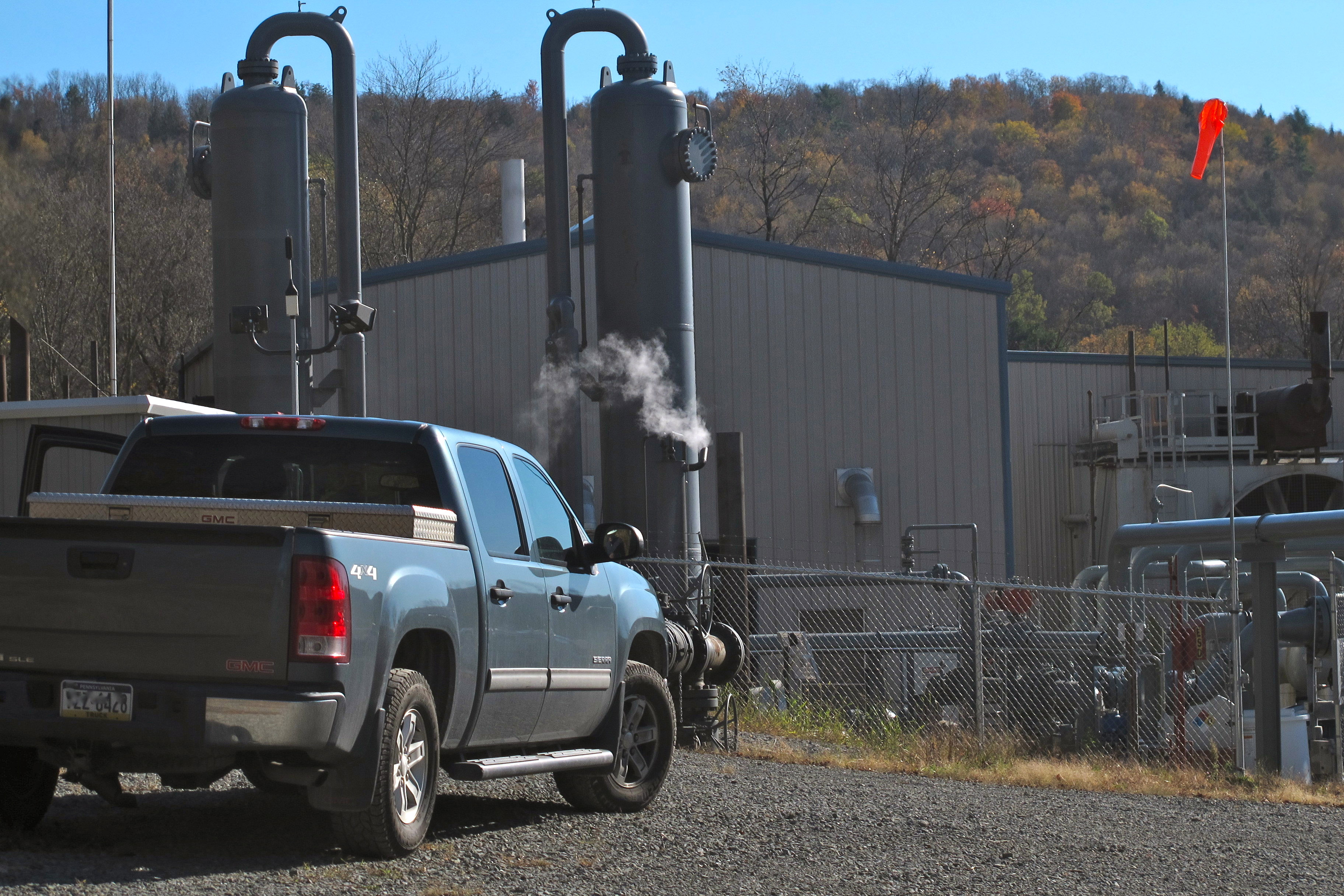Air pollutants from Pennsylvania’s natural gas production sites increased between 2013 and 2014, according to data released Wednesday by the state’s Department of Environmental Protection (DEP).
The air inventory data for shale gas production relies on information submitted by the industry. The numbers include emissions from compressor stations that utilize gas from coal beds, and conventional and unconventional wells. Although the number of well sites reporting information to the DEP dropped by 2.7 percent from 2013 to 2014, the number of pipeline related infrastructure sites increased by 12 percent.
Sulfur dioxide emissions saw the greatest jump, increasing 40 percent over 2013 levels. Sulfur dioxide contributes to acid rain and causes respiratory problems, including asthma. Other air pollutants that contribute to public health impacts also increased—including nitrogen oxides, particulate matter, sulfur dioxide and volatile organic compounds.
Acting DEP secretary Patrick McDonnell says that despite a growth in production, he’s optimistic air pollution from these sites can be reduced.
“As pipeline infrastructure and natural gas production continues to grow in Pennsylvania, it is increasingly important that we ensure that natural gas stays in those pipelines and other facilities and isn’t leaking into our communities,” McDonnell said in a press release. “With universal adoption of best practices that many companies are already using, we expect leaks to go down, even as production goes up.”
Critics of the inventory data say the figures are inaccurate due to outdated calculation methods and a lack of verification. For example, recent studies that used fly-overs to measure methane show a gap between the data collected directly from the source and the data calculated by industry for these types of inventories.
Continue reading this story at StateImpact Pennsylvania »
###


